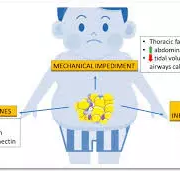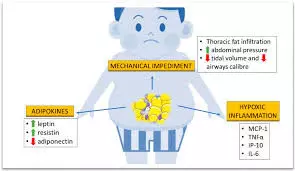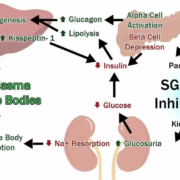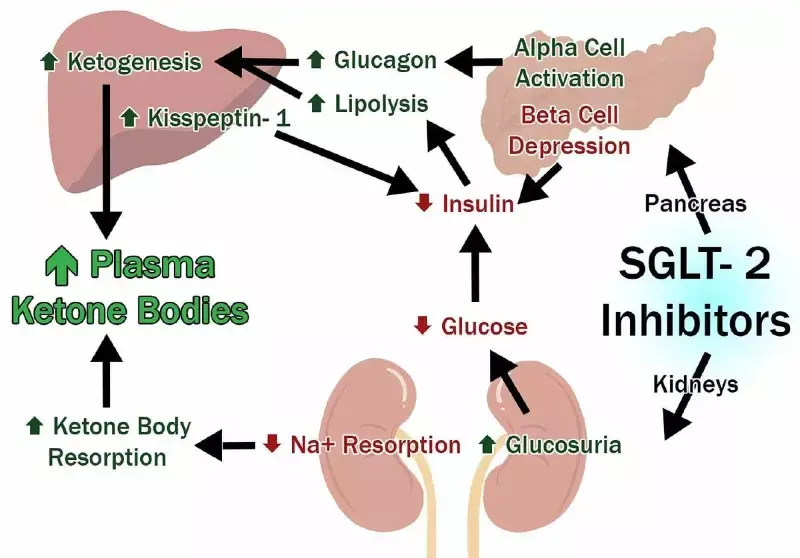Common pregnancy complications may be a signal of future stroke risk, reveals study

Women who experience complications during pregnancy face a higher risk of stroke in the following decades according to research published in the European Heart Journal.
The study, which included data on more than two million women over more than 40 years, found an increased risk for women who had diabetes or high blood pressure while pregnant, a preterm delivery or a baby with a low birth weight.
Researchers say these common pregnancy complications could act as an early signal for cardiovascular problems in the future, meaning women could receive help early in life to lower their risk of stroke.
A stroke happens when the blood supply to part of the brain is cut off, starving brain cells of oxygen and leading to possible cognitive and physical disabilities.
The study was led by Professor Casey Crump from the Department of Family & Community Medicine at UTHealth Houston, USA. He said: “We know that pregnancy is a ‘natural stress test’ that may reveal higher cardiovascular disease risks long before cardiovascular disease actually develops.
“Up to one-third of all pregnancies are affected by one of these complications. However, the long-term cardiovascular risks for these women remain poorly understood and so are often not considered in their routine clinical care.”
The researchers used data from a Swedish national cohort of all 2,201,393 singleton pregnancies between 1973 and 2015. Around 30% of the women (667,774) experienced at least one of the following complications: preterm delivery (less than 37 weeks), a baby born small for their gestational age (among the smallest 10%), high blood pressure during pregnancy including preeclampsia (dangerously high blood pressure) and pregnancy diabetes (high blood sugar).
Researchers also gathered data on which women went on to experience a stroke in the following years up to 2018 and compared rates of strokes between women who had pregnancy complications and women who did not.
The risk of stroke was almost doubled for women who had high blood pressure (not preeclampsia) or high blood sugar during pregnancy. For women who had a preterm delivery, the risk of stroke was around 40% higher, for women with preeclampsia, the risk was around 36% higher, and for women whose babies were born small for their gestational age, the risk was around 26% higher. Risks were even greater in women who experienced two or more of these complications.
The increased risks were generally highest in the first 10 years after delivery but continued throughout the women’s lives even 30 to 46 years after pregnancy. However, for women who had pregnancy diabetes, the increased risk became even higher over time.
The researchers also compared the risk of stroke between sisters in the cohort, who share similar genetic and environmental risk factors for stroke, but they found that this did not fully account for the link between complications during pregnancy and the risk of stroke.
Professor Crump said: “To our knowledge, this study is the largest ever to examine multiple pregnancy complications in relation to long-term stroke risks in the same cohort of women. Also, it is the first to assess whether families might share factors that predispose both to adverse pregnancy outcomes and stroke, but shared familial factors did not appear to explain our findings.
“These pregnancy complications share some common features, including placental abnormalities and inflammation, that may potentially affect the structure or function of small blood vessels. Those changes in the small blood vessels sometimes progress further after pregnancy, and this could be one factor in the women’s higher risk of stroke.
“Both women and their doctors should now recognise that pregnancy complications are an early signal for future stroke risk. This can help us identify high-risk women long before they suffer a stroke or other cardiovascular disease. Women who experience these complications need support to reduce other cardiovascular risk factors, including obesity, physical inactivity, unhealthy diet, smoking, high blood pressure, diabetes, and high cholesterol. These interventions should be implemented as early as possible, followed by long-term monitoring to reduce their stroke risk across the life course.”
In an accompanying editorial [2] Dr Abbi Lane from the University of Michigan, USA, said: “Stroke is a major cause of death and disability that may be preceded by distinct risk factors in women vs. men. Understanding earlier life, sex-specific stroke risk factors can help identify high-risk individuals who can be targeted for preventive intervention. The study presented in this issue of European Heart Journal by Crump and colleagues addressed this critical need by rigorously defining the associations between adverse pregnancy outcomes (APOs) and stroke. APOs were not rare; 30% of women had experienced at least one APO. All APOs were significantly associated with stroke over 46 years of follow-up.
“Perhaps more attention should be paid to the psychological and emotional toll associated with APOs. Not only does the complicated pregnancy/birth itself cause stress, but the psychological and/or medical sequelae of the APO can last for months or years. Managing medical and neurodevelopmental disorders can lead to months or years of emotional, logistical, and financial strain for parents.
“Effects of psychosocial stress may manifest to eventual stroke via two potentially overlapping pathways: direct physiological effects and poor coping behaviours. There are direct physiological
responses to stress that are also early events in the development of overt stroke risk factors. High stress is linked to unfavourable effects on lifestyle and coping behaviours, including
smoking, worse medication adherence, poor diet, low physical activity, and higher body weight.
“Interrupting the cascade from APO to stroke might involve a multifaceted approach to control blood pressure and address modifiable lifestyle habits that influence physical and mental health soon after APOs.
“As APOs occur in ∼30% of parous people and stroke is ∼90% preventable, implementing a multicomponent, preventive intervention aimed at modifiable stroke risk factors soon after delivery seems like an obvious win.”
Reference:
Casey Crump, Adverse pregnancy outcomes and long-term risk of stroke: a Swedish nationwide co-sibling study, European Heart Journal, ttps://doi.org/10.1093/eurheartj/ehaf366
Powered by WPeMatico

















